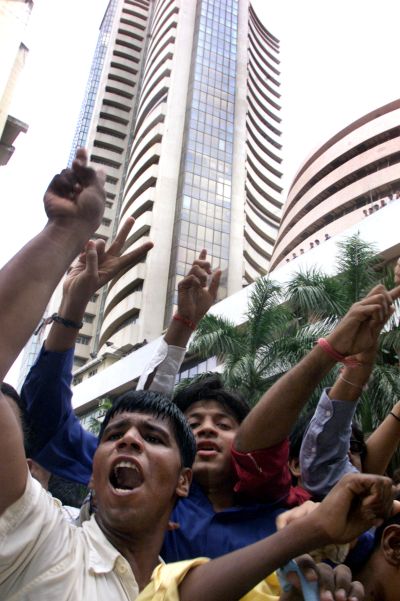In a worsening macroeconomic situation and volatile markets, there has been a flight to safety, with investors parking their funds in stocks perceived to be safe havens with a reasonable amount of growth visibility.
With a lower risk appetite, investors have parked a larger share of their funds in large caps.
Not surprisingly, the broader markets have outperformed, with the Sensex gaining 11.3 per cent over the last one year, while the BSE Midcap index has lost 9.5 per cent in the same period.
Consequently, pockets of value have emerged within the mid cap space defined here as stocks with a market cap less than Rs 25,000 crore (Rs 250 billion).
And, experts say, given the environment, if investors follow a bottom-up approach, it should work well and deliver better results.
G Chokkalingam, chief investment officer & executive director, Centrum Broking & Wealth Management, sees the bottom-up approach to invest in stocks that have seen valuations become cheap as a good strategy.
While advising to avoid the infrastructure sector, he says investors should consider companies with a sound business model, export-oriented or companies with no debt, sustainable profit growth and good corporate governance.
In a bid to select investment-worthy stocks, we looked at BSE 200 companies. Based on Bloomberg earnings estimates, there are companies with pretty healthy earnings visibility - wherein average annual EPS growth for FY14 and FY15 is over well 15 per cent.
However, given the higher risk, investors have to be cautious, keeping in mind parameters such as a strong balance sheet and healthy cash flows from operations, relatively higher resilience to economic slowdowns and reasonable valuations.
The seven stocks listed here not only meet these parameters but are either market leaders or have carved out a niche for themselves in their respective sectors with strong brand equity.


